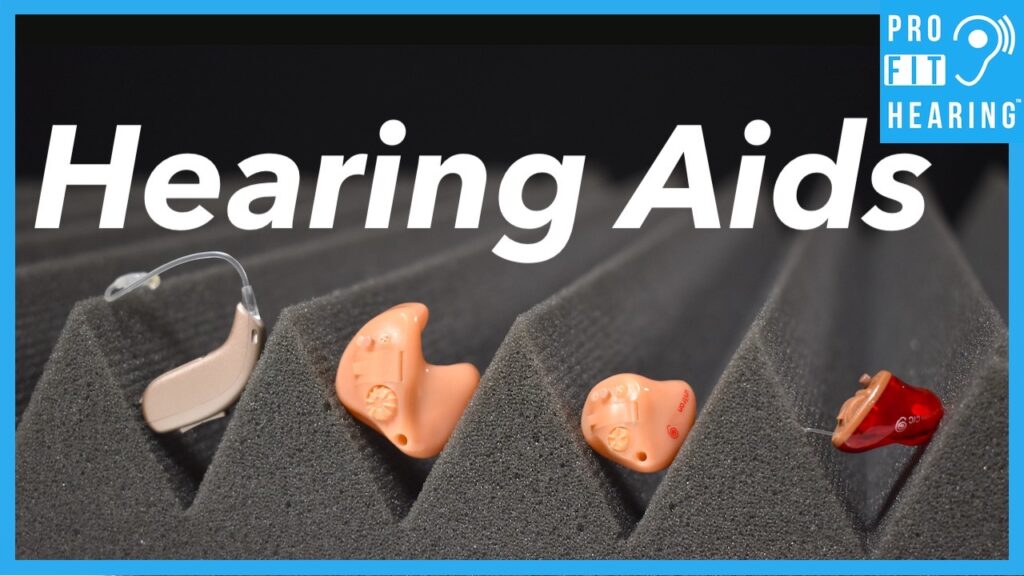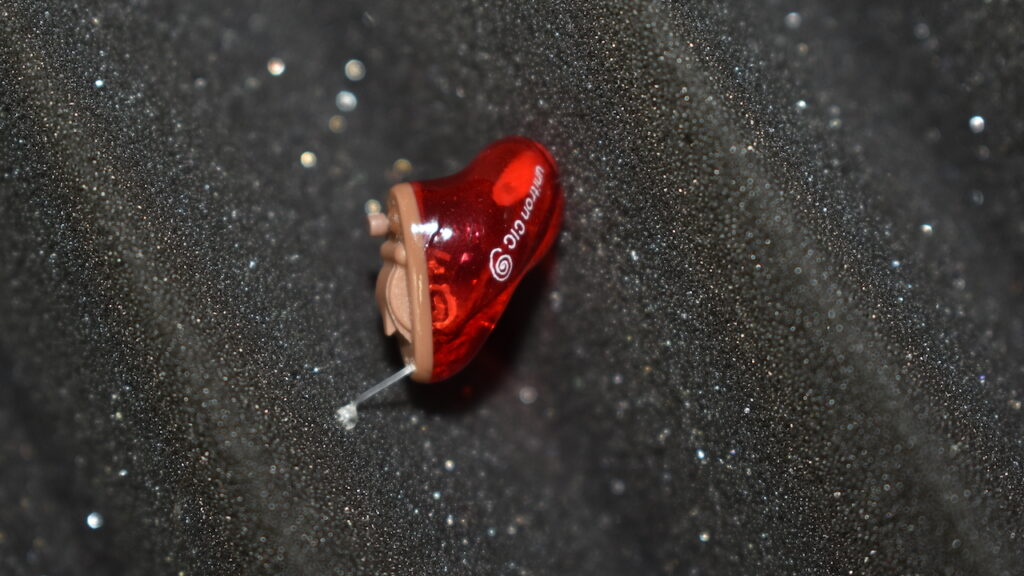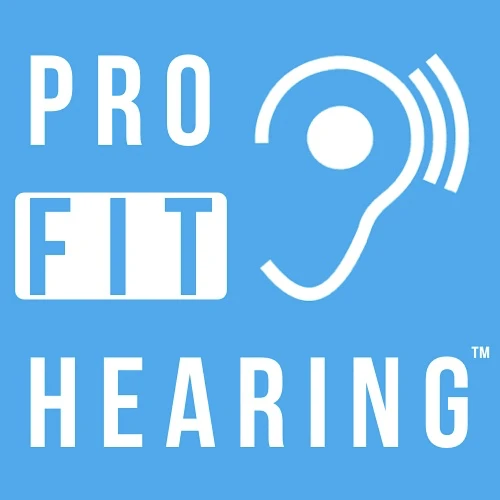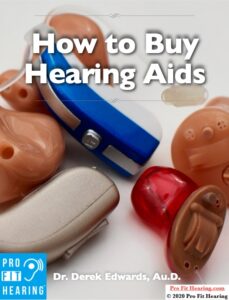How to Put in Hearing Aids – 4 Popular Types

Do you want to know how to put in hearing aids? Well, in this post I’ll show you how to insert four popular types of hearing aids into your ear. Coming up!
Please SUBSCRIBE to our YouTube channel for weekly videos! The video link is at the end of this post.
Hi, I’m Dr. Derek, audiologist with Pro Fit Hearing.com bringing you the best insight into today’s latest hearing aids and audio technology to improve your life. If you have concerns about your hearing, always consult with your local physician or audiologist.
Welcome to Question of the Day, Friday where I answer your hearing healthcare and audio technology question.
Today, I’m talking about how to put in hearing aids. Did you just get new hearing aids and have a hard time inserting them? Or are you just curious how hearing aids look on your ear? Well today, I’ll show you how to insert four popular types of hearing aids. Please refer to the video at the bottom of this post for insertion demonstration.
Custom Hearing Aids
Let’s start with hearing aids that sit inside the ear. All hearing aids that sit inside the ear canal are custom molded to the ear. An ear impression is taken by your audiologist which is then sent into the hearing aid manufacturer. All of the hearing aid components are then fit inside this custom casing.

CIC
The smallest hearing aid in my collection is the CIC. CIC stands for completely in canal. This one is red to show me that it’s for the right ear. If it was for the left ear, it would have a blue casing. It uses a small battery, size 10. Once you are sure you have the correct hearing aid for the correct ear, look for the removal line or vent in the bottom of the hearing aid. You should hold the hearing aid so that the removal line and vent is on the bottom. Then you can insert the hearing aid into your ear. Just press gently with your thumb to insert the hearing aid down into the ear canal.

ITC
Next, we have the ITC hearing aid. ITC stands for in-the-canal. It’s a bit bigger than the CIC and uses a size 312 battery. ITCs may have a small red or blue dot on the casing to indicate which ear is which. Remember red for right and blue for left. Same as before, look for the vent or removal string if you have it and hold the hearing aid so that its toward the bottom. Then, you can insert the hearing aid gently pushing it in with your thumb.

ITE
The last in-the-ear style hearing aid is the ITE. ITE stands for in-the-ear. It is the largest of all the in-the-ear hearing aids and uses a size 13 battery. Same as the CIC and ITC styles, look for the vent or removal line if it has one and place that toward the bottom before gently inserting the hearing aid with your thumb.
BTE/RIC Hearing Aids

BTE/RIC
The last hearing aid I have today is the Behind-the-ear or BTE. Specifically, this type of BTE is called a RIC or receiver-in-canal. It has a thin tube with a wire that leads to a speaker inside the ear, and often uses a small plastic eartip on the end. You may also see a small, custom molded ear tip that looks similar to a CIC style hearing aid. A regular BTE hearing aid uses a thicker tubing to send sound down into the ear, and it uses a larger custom earmold.
With this style hearing aid, I normally place the piece behind my ear first and then insert the ear tip into the ear. Some of these hearing aids may also have a small retention wire that curls up into the ear to help keep the hearing aid in place.
As you can see, this RIC style hearing aid can easily be trialed in a clinical setting as it does not require a custom earmold unless your hearing loss is more significant. Ask your audiologist if this style is appropriate for your hearing loss and whether it can be demoed in the office after your hearing exam.
Question of the Day
So for today’s question, which one of these hearing aid styles appeal to you the most? I’d love to know your thoughts, so please comment below. Do you have a question you’d like answered on Question of the Day, Friday? Let’s connect in the comments below.
Remember to connect with Pro Fit Hearing on social media. Be a part of the Pro Fit Hearing community!
If you are interested in hearing aids, click on the link HERE for my FREE ebook, “How To Buy Hearing Aids”. Know what to ask your audiologist or hearing aid dispenser so that your hearing aids are easy to use and have all the features you’re looking for.
Remember, Pro Fit Hearing brings you the best insight into today’s latest hearing aids and audio technology to improve your life. If you have concerns about your hearing, always consult with your local physician or audiologist.
-Dr. Derek

